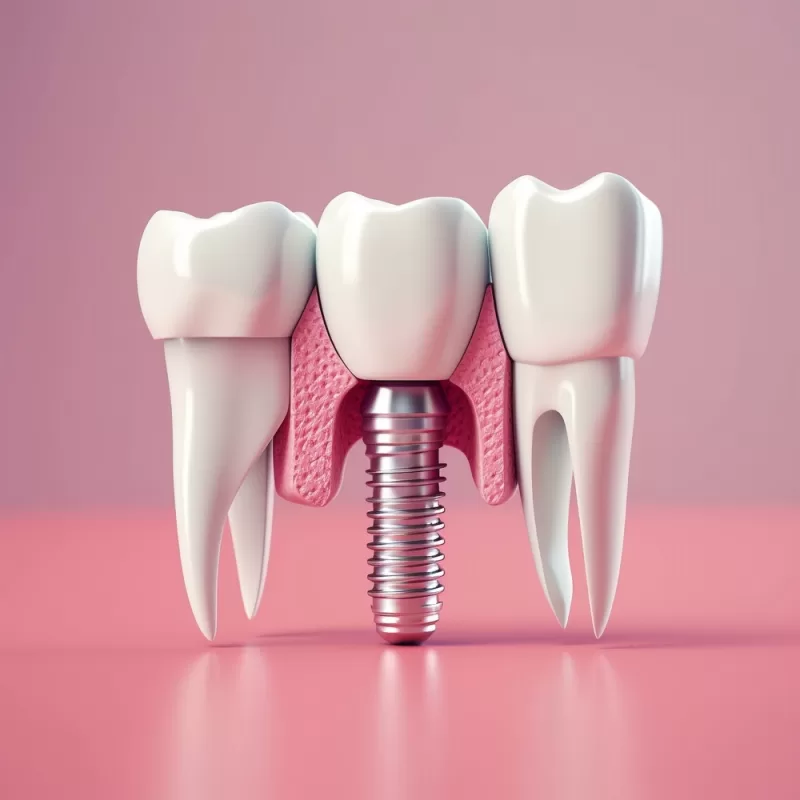Horizontal bone augmentation is a widely used surgical procedure designed to increase the width of the alveolar ridge, the bony structure that houses the teeth. This is particularly critical when there is insufficient bone to support dental implants, which require a stable and adequate bone foundation for successful integration. Bone loss in the jaw, often caused by tooth extraction, periodontal disease, trauma, or prolonged absence of teeth, leads to a decrease in the horizontal dimensions of the alveolar ridge. Horizontal bone augmentation addresses this issue by increasing the bone volume to ensure that dental implants can be placed in a way that ensures both functionality and aesthetics.
Anatomy and Causes of Bone Loss
The alveolar ridge is the part of the jaw that contains the tooth sockets. After tooth extraction, this ridge tends to resorb or decrease in volume, especially in terms of width (horizontal loss), and to a lesser extent, height. Other causes of bone loss include trauma, periodontal disease (which causes a progressive breakdown of the bone), cysts or tumors in the jawbone, and congenital defects. Without sufficient bone width, dental implants cannot be placed or may result in esthetic and functional complications, such as implant failure or unnatural-looking prosthetics.
Techniques in Horizontal Bone Augmentation
Guided Bone Regeneration (GBR) is one of the most common techniques used for bone augmentation. In GBR, a combination of bone graft materials and barrier membranes is used to promote the regeneration of bone in areas where the alveolar ridge is too narrow. The graft material serves as a scaffold for new bone growth, while the membrane protects the area from the invasion of soft tissue, allowing only bone cells to repopulate the graft site.
In Block Bone Grafting technique, a block of bone is harvested from the patient (typically from the chin or the posterior part of the jaw) and is then transplanted to the deficient area. The block is secured using tiny screws to stabilize it during the healing process. Block grafts provide a robust and reliable method for augmenting bone in cases of severe horizontal deficiency. The bone integrates with the surrounding tissue over several months, after which the screws can be removed and dental implants placed.
Horizontal bone augmentation is a critical procedure for patients who require dental implants but lack sufficient bone width in the alveolar ridge. Advances in surgical techniques and biomaterials have made these procedures more predictable and successful. By restoring bone width, horizontal bone augmentation ensures that patients can receive dental implants with a high likelihood of long-term success, both functionally and esthetically. The choice of augmentation technique will depend on the severity of the bone defect, the patient’s overall health, and the expertise of the dental surgeon performing the procedure.


